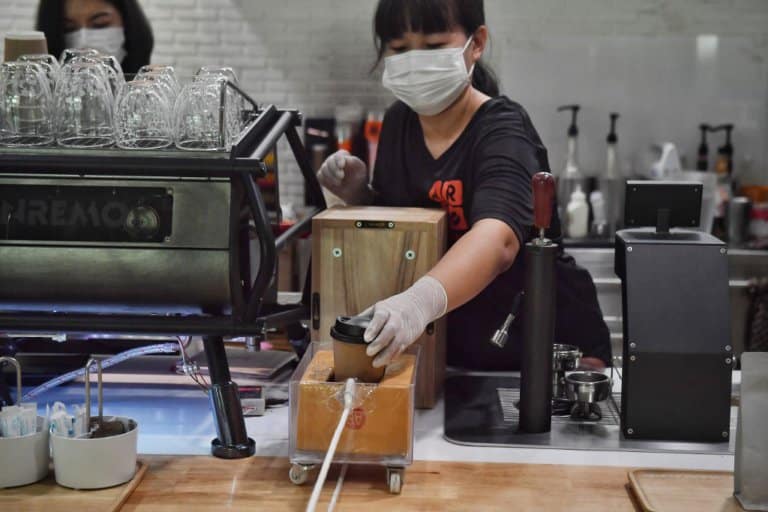
If you’re thinking of earning well on the side after classes end, you might have to cross off the Land Down Under from your potential study destination list. Starting from July 2023, Australian student visa holders will have their work hours capped once again, putting an end to the special measure introduced at the height of the pandemic to fill the country’s worker shortages.
“Until June 30, 2023, all ongoing students as well as new student arrivals and secondary applicants are able to work more than 40 hours a fortnight in any sector of the economy and work before their course of study commences,” the government’s official statement read.
The statement further mentioned that the restriction will be put in place to ensure Australian student visa holders receive a quality education during their time in the country. Since international students were free to work beyond the usual 40-hour-per-fortnight cap, industry experts and critics have raised concerns about dwindling educational quality and labour exploitation.
Australia’s decision to revert to its original working conditions has drawn comparisons to Canada, one of its major competitors in international student recruitment. In a landmark announcement made last week, those with Canadian study permits may work more than 20 hours off-campus during the academic term from November 15 this year to Dec. 31, 2023.
https://twitter.com/Jamaticulus/status/1578377217893097472
While international students will have to contend with reduced hours, some graduates will reap the benefits of extended post-study work rights. In September 2022, the Australian government announced that select degree holders will be able to remain for a few extra years after graduation to strengthen the country’s skilled labour pipeline.
Australian student visa update: Know your working rights
As a temporary resident, keeping yourself updated with the latest Australian student visa regulations is crucial to maintaining your legal status. Here’s a breakdown of how the new changes will affect your stay:
Student visa subclass 500
You likely hold this document if you’re an incoming or current student who is enrolled in an Australian tertiary institution.
Presently, you’re still entitled to maintain your working schedule on or off campus without restrictions. You can continue to enjoy uncapped work hours until June 30, 2023. After that, it is your responsibility to inform your employer about the changes to your visa conditions.
While there’s still time to take advantage of a few extra shifts, keep in mind that you’re still on a study visa. Your employment must not override your academic obligations, so be sure to balance work and study accordingly to maintain course enrolment and satisfactory progress.
Temporary graduate visa subclass 485
Also known as the post-study work visa, there are several categories listed under this visa stream. Last month’s announcement concerns specific degrees that are relevant to the Australian labour market, which permits graduates with specific skillsets to live and remain longer after graduation:
- Bachelor’s degree holders: Four years from two years
- Master’s degree holders: Five years from three years
- PhD graduates: Six years from four years

The current employment duration allotted to foreign graduates from Australian universities is usually around two years. Source: William West/AFP
The select degrees will be determined by a working group advising the Ministers for Home Affairs and Education and is expected to present a report by Oct. 28, 2022.
At the time of writing, it is unclear yet when these changes will come into effect, and the government urges students to check its website for further updates.
Additionally, Graduate Work stream visa applicants who submitted their documents between July 1, 2022, to June 30, 2023, are not required to obtain a skill assessment and nominate an occupation from the skilled occupation list.










